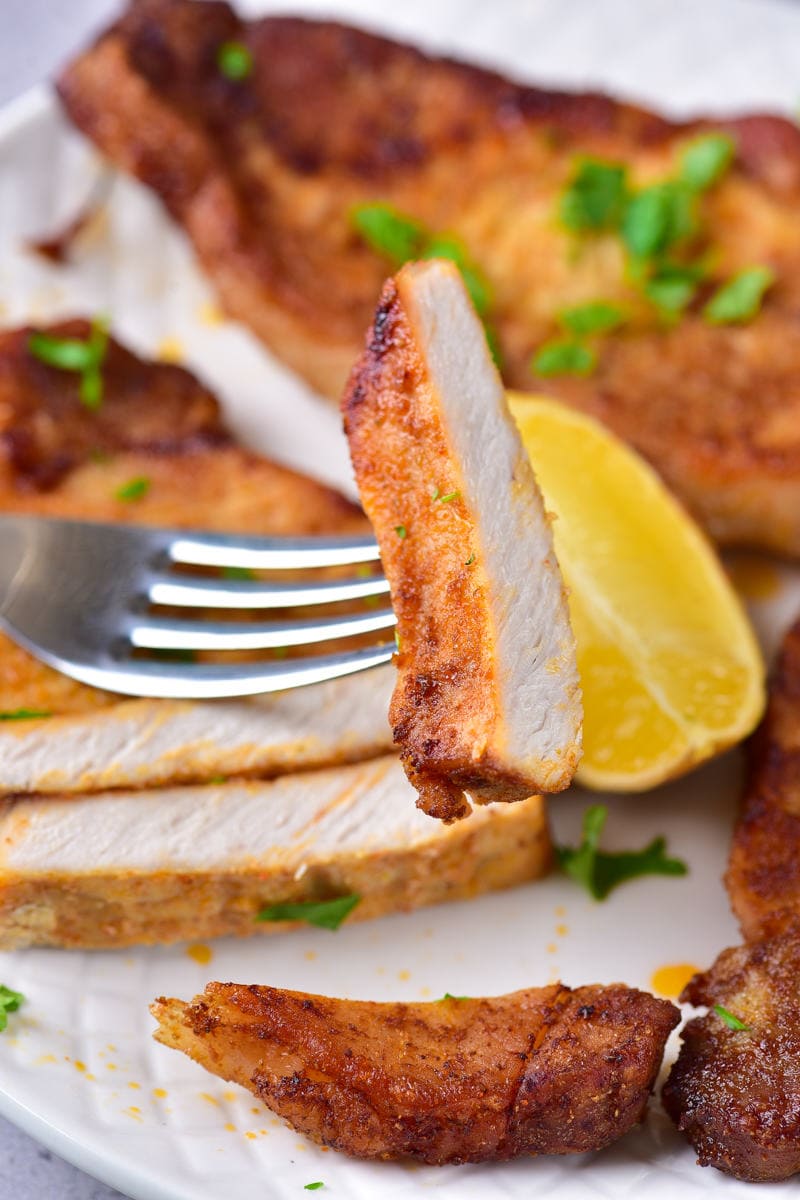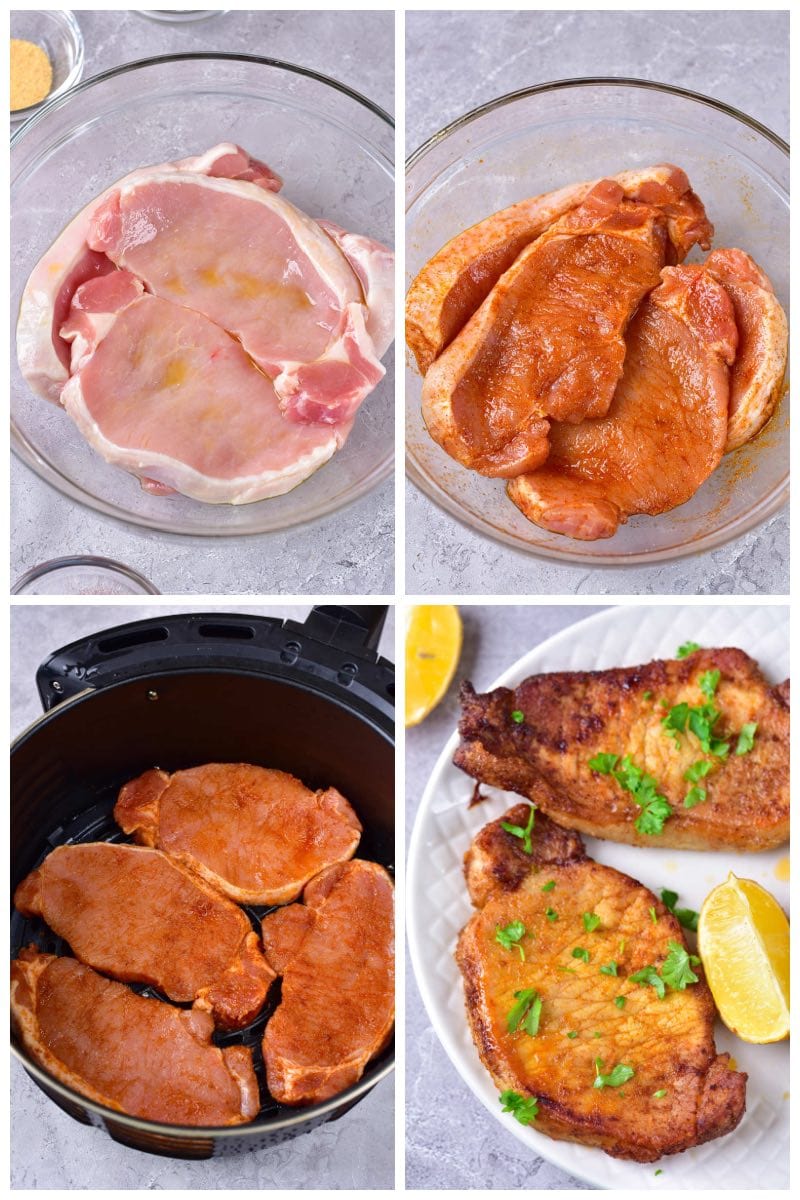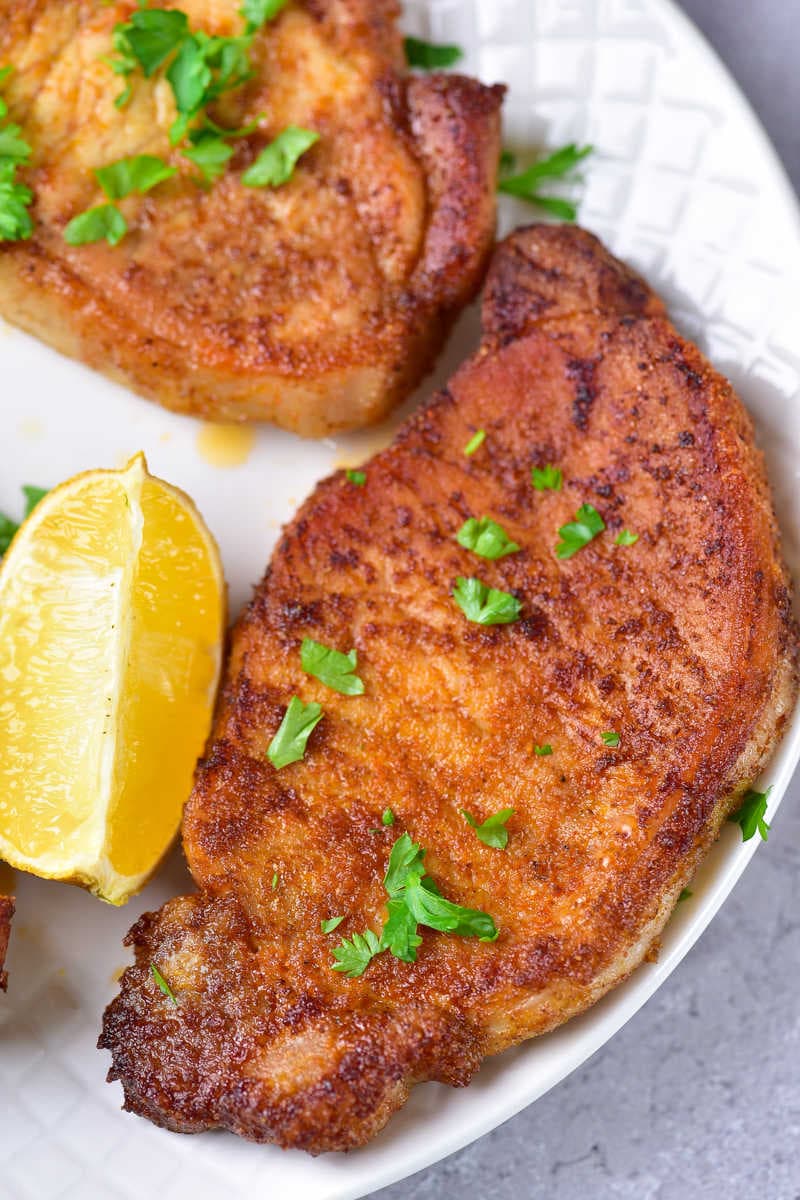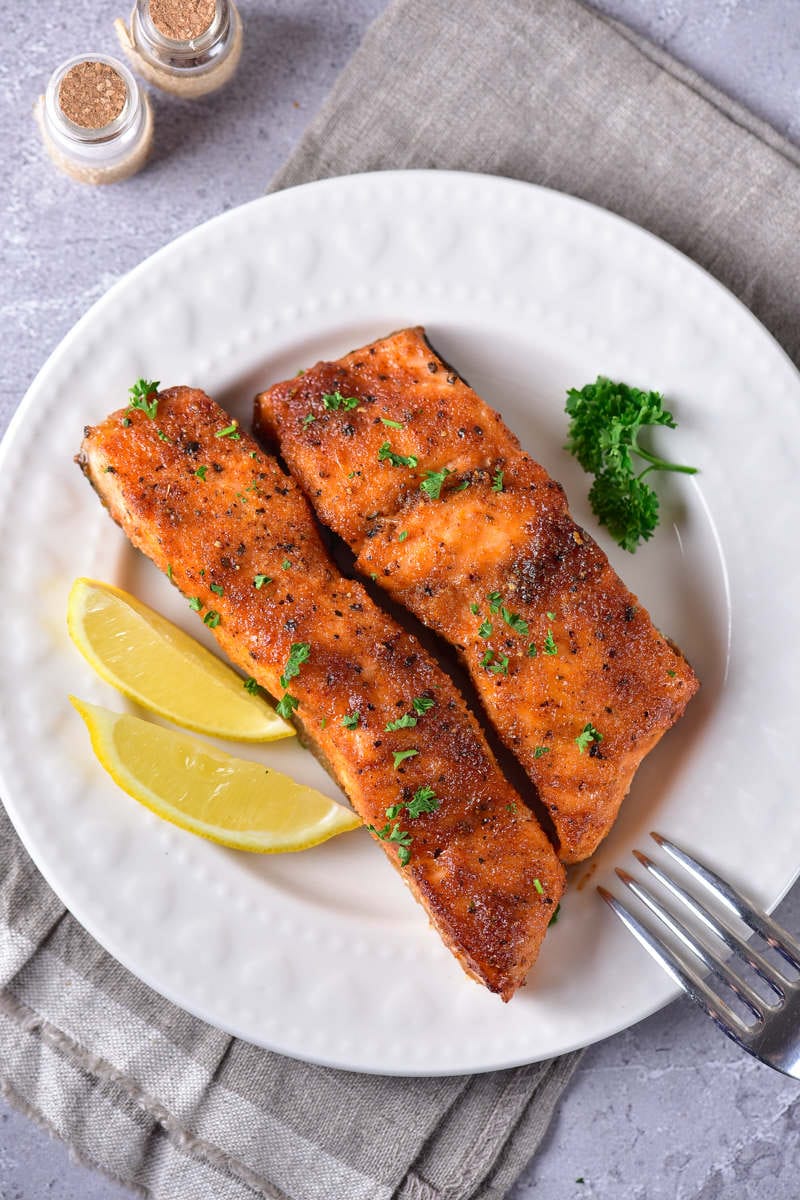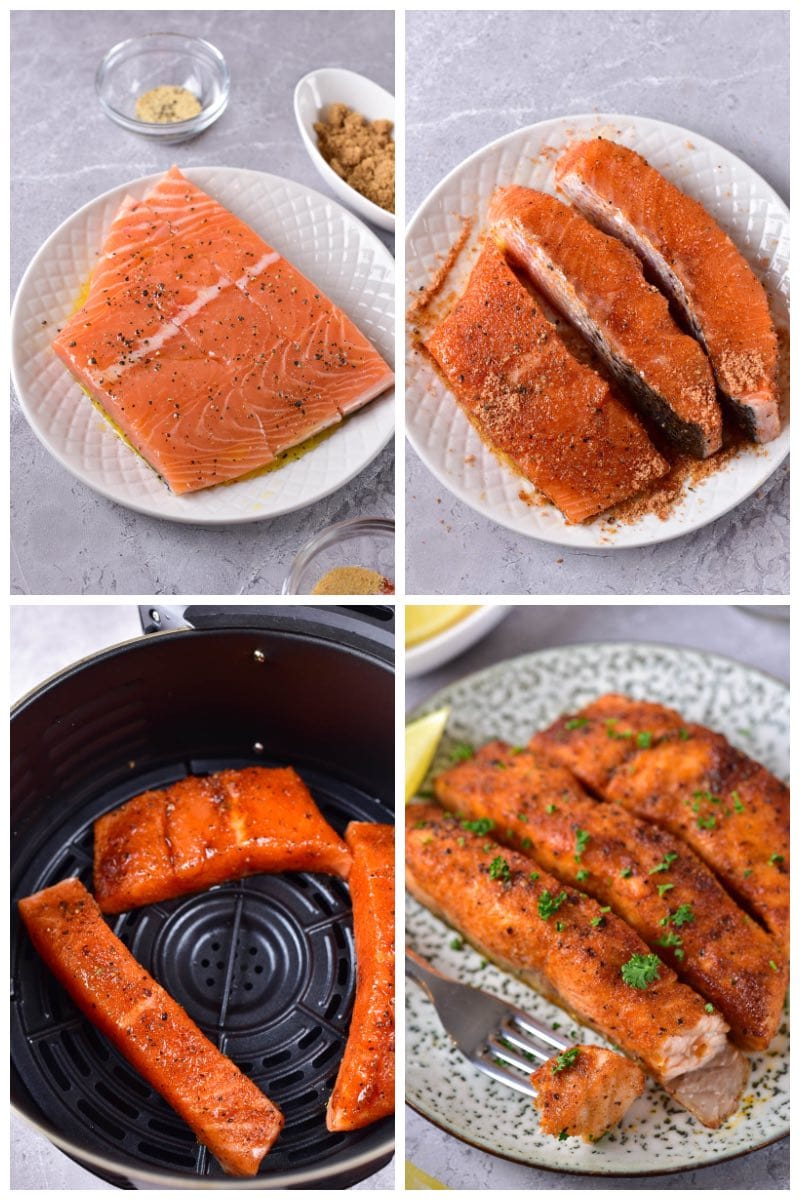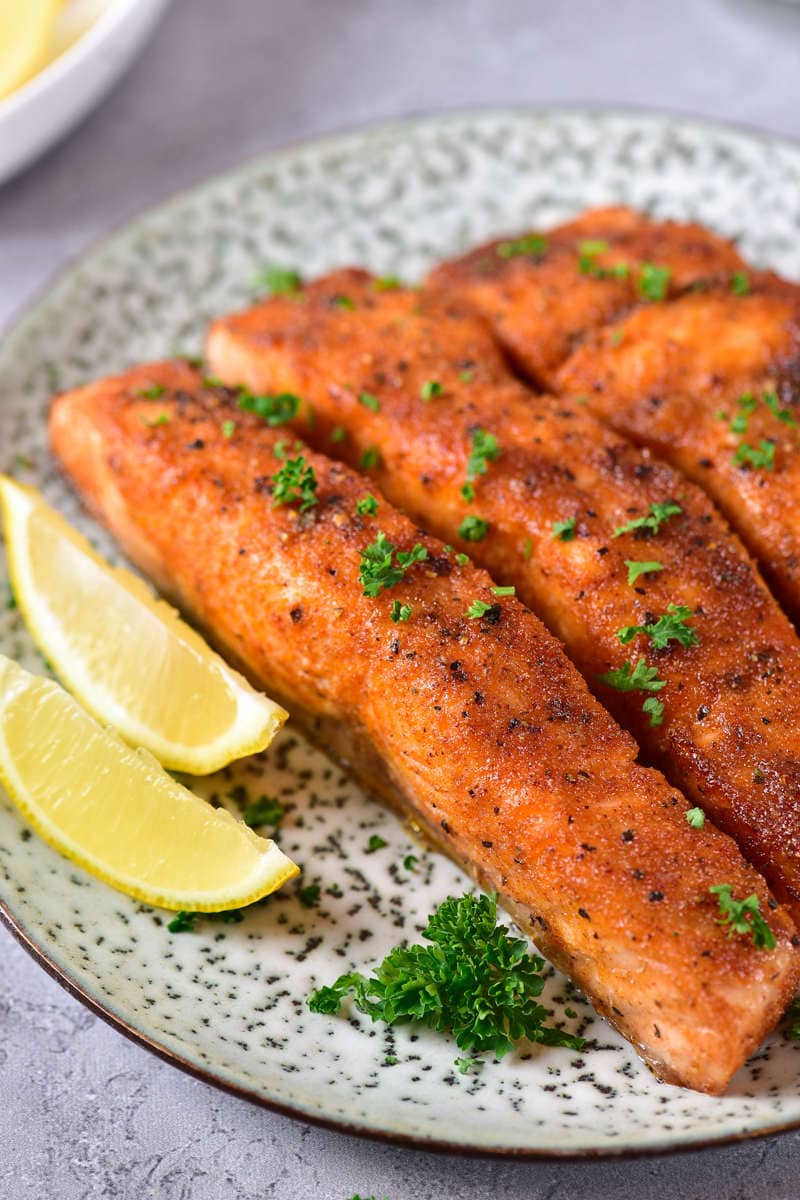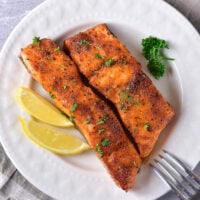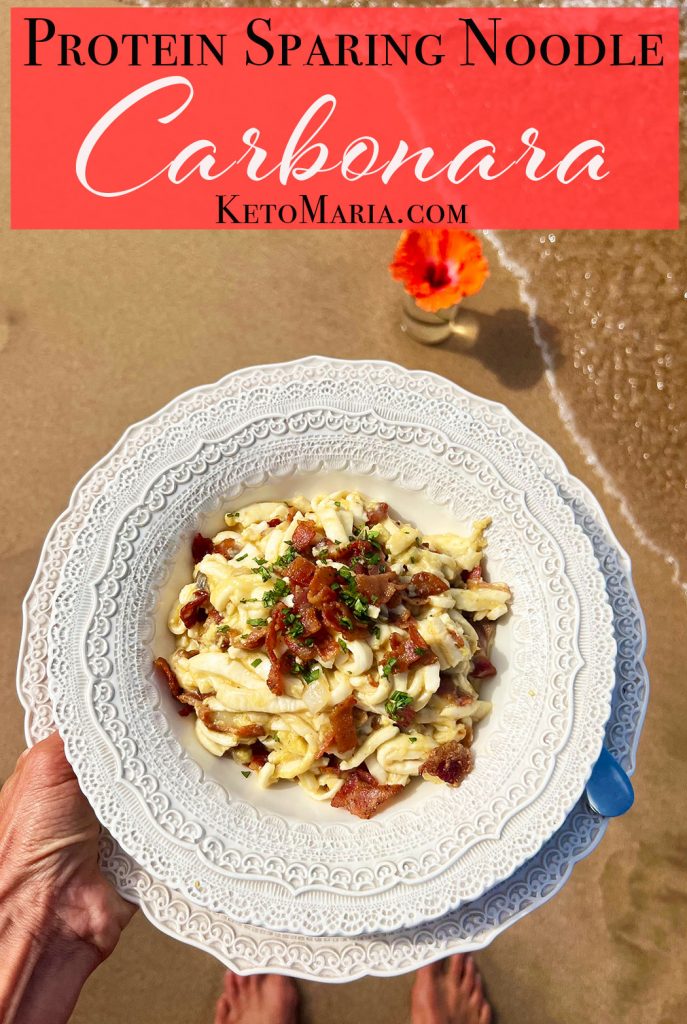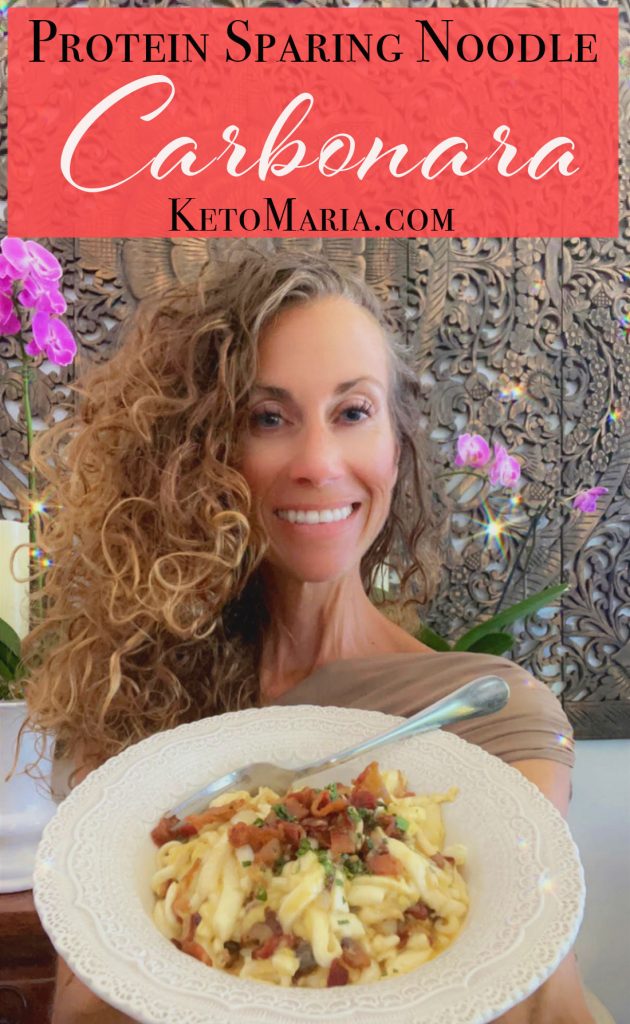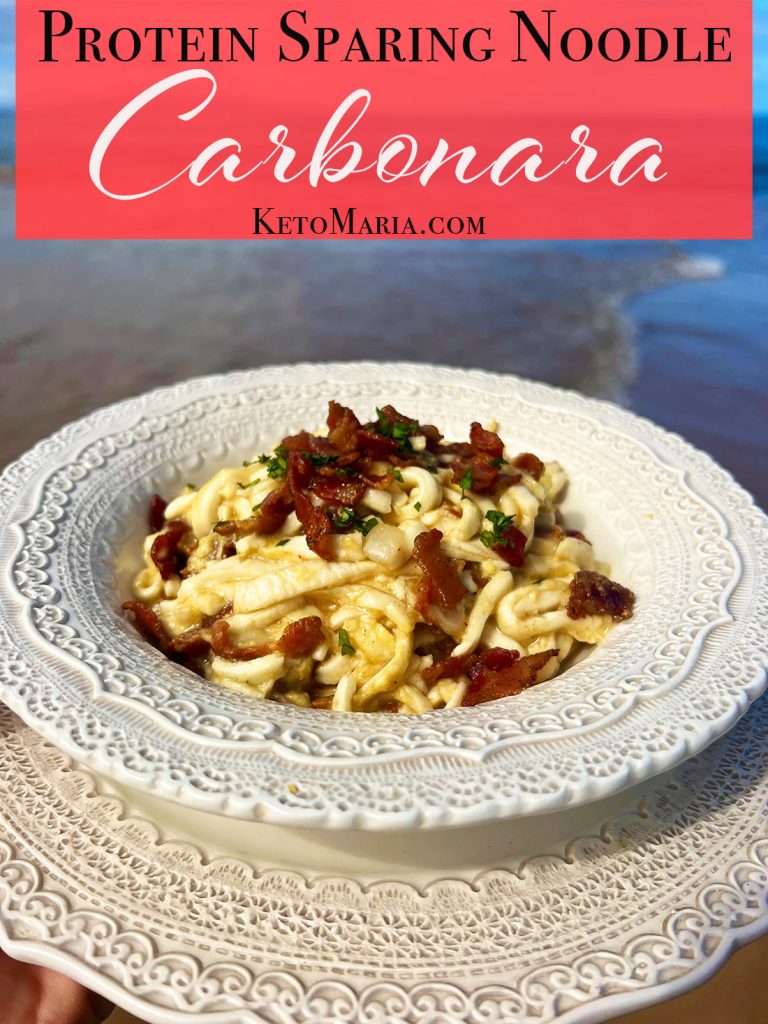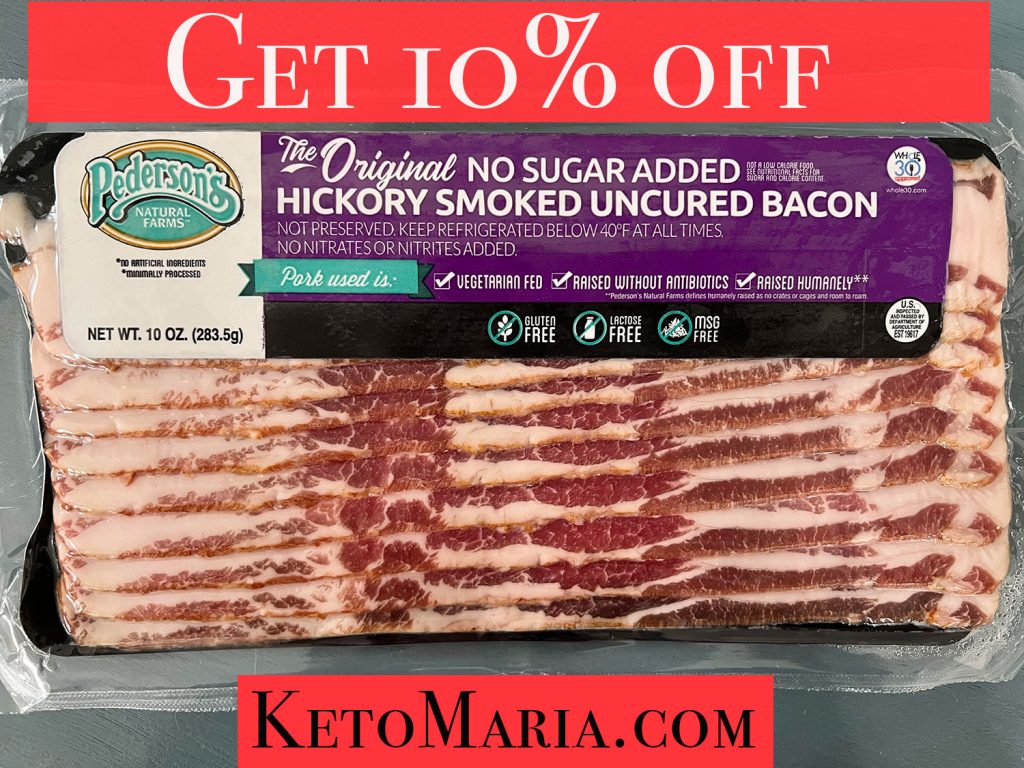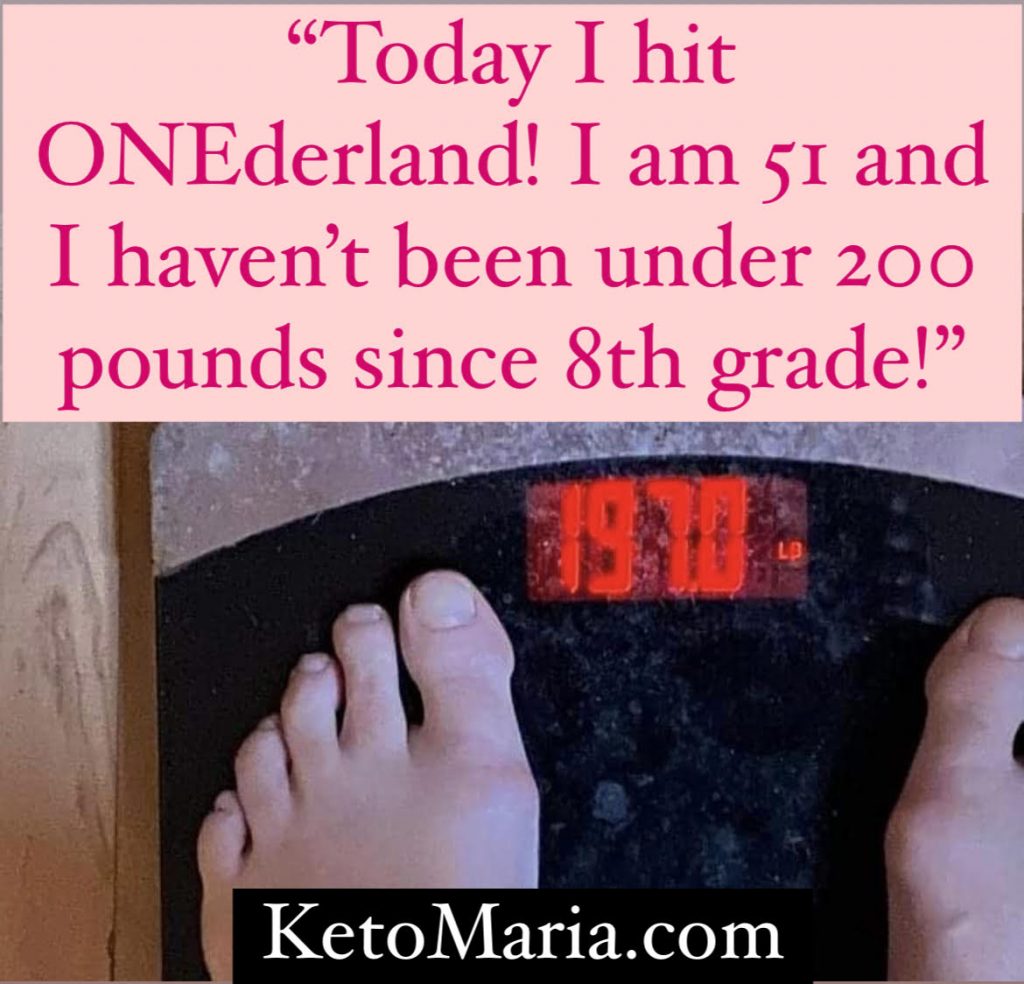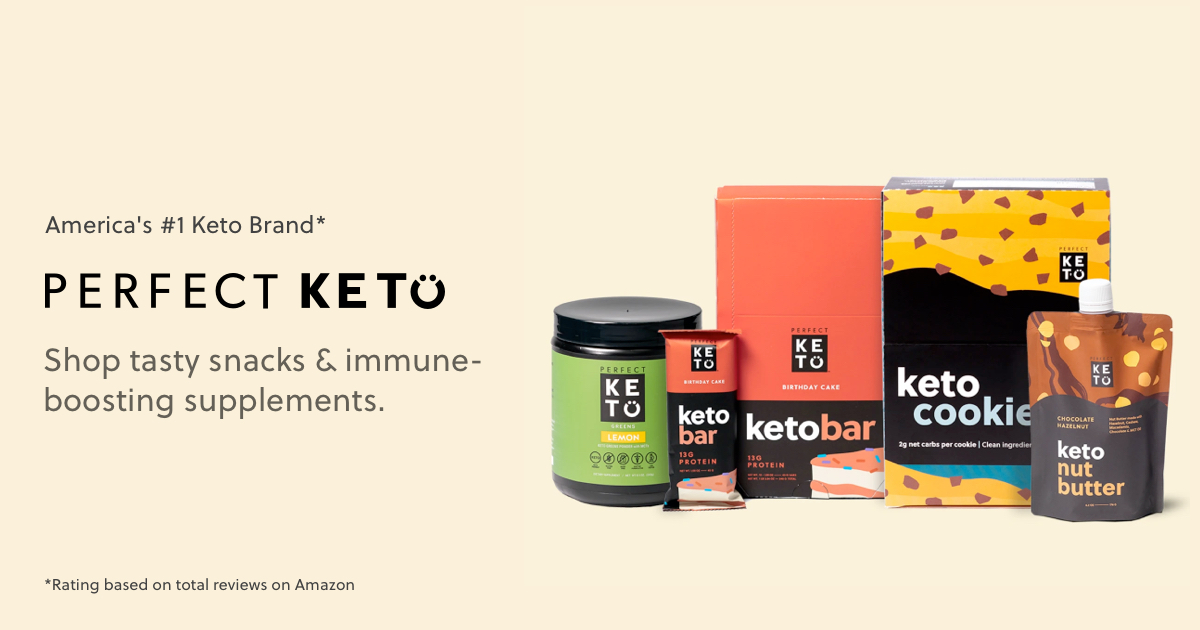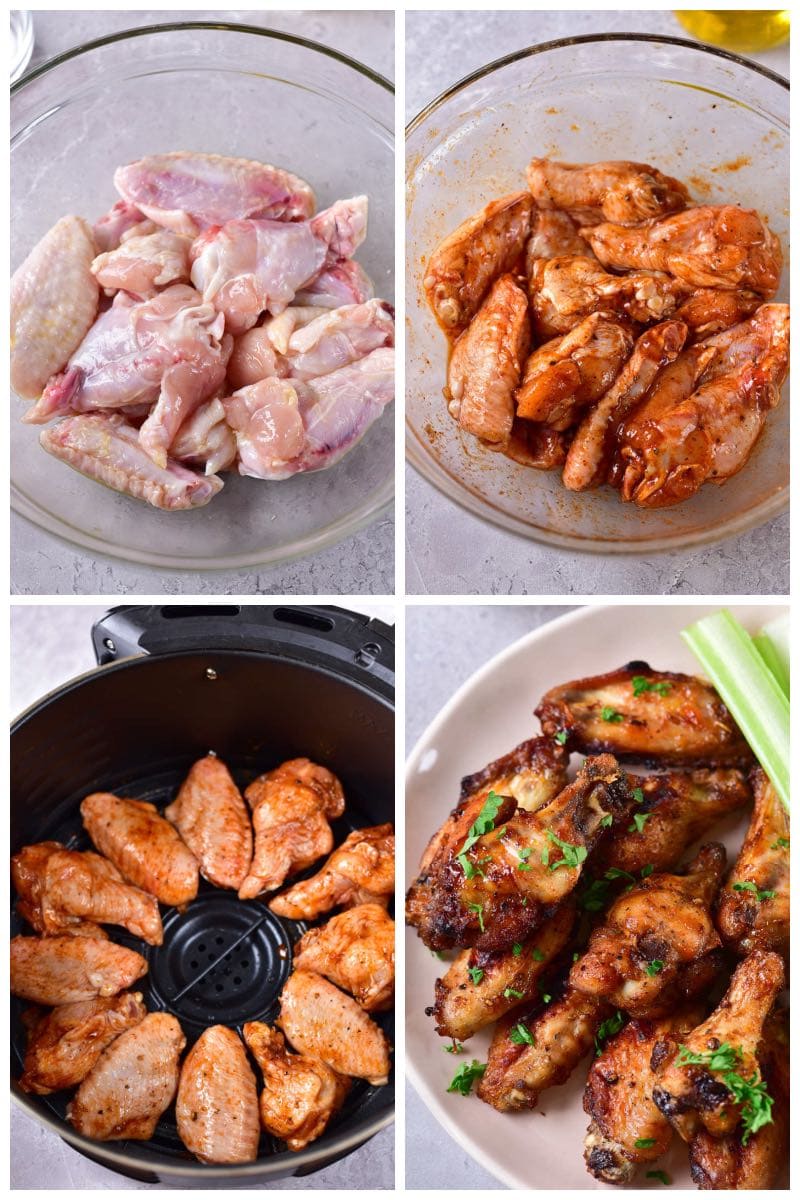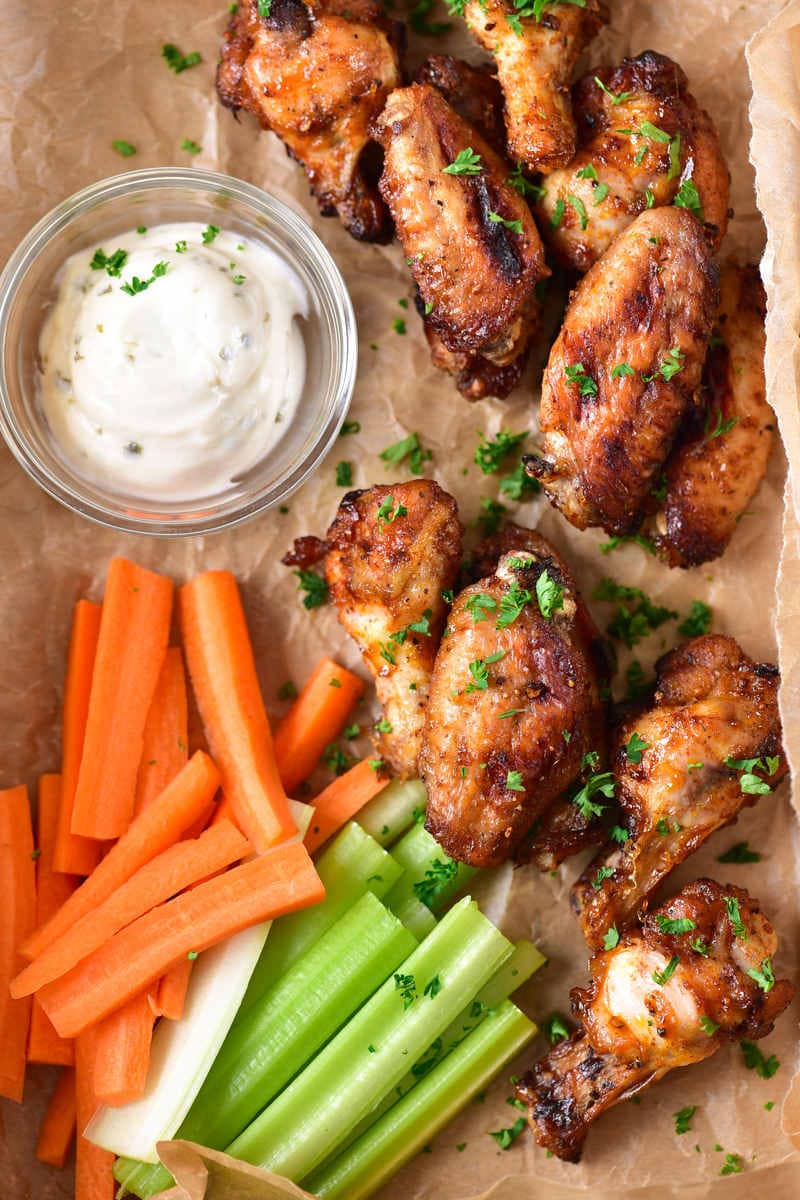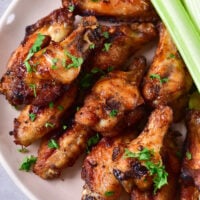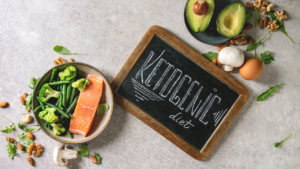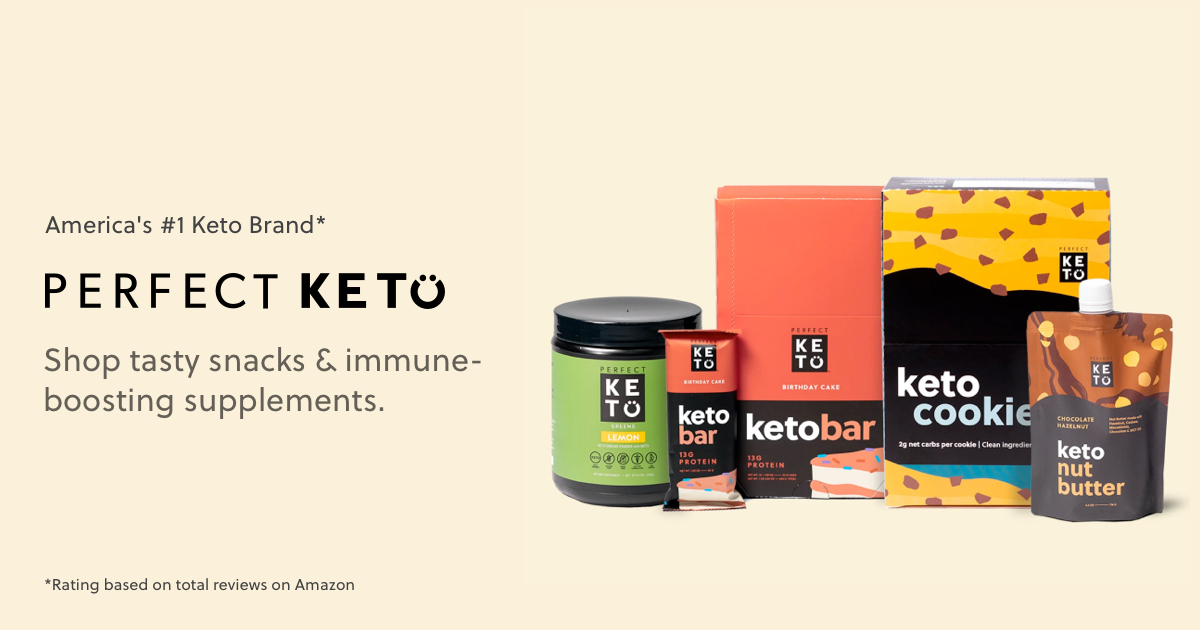
Do You Need Carbs to Thrive?
The idea of carbohydrate restriction seems to be an extreme dieting approach for a lot of people. After all, we’ve been taught that carbs offer important benefits, such as supplying fuel to the brain and body.
However, the ketogenic diet limits carbs to only 50 grams or less per day, to stimulate ketosis — a metabolic state in which ketone levels rise. This way of eating can make a person ask, “Do you need carbs in your diet or are they even essential for survival?”
If you’re curious about carbs and possibly following the keto diet, this guide explores carbohydrates and their role, whether you need them, research studies on low-carb diets, opinions from other experts, and more.
What are Carbohydrates?
Carbohydrates (or carbs) are a macronutrient (or macro) along with other macronutrients including protein and fat. They come in different types such as sugars, which are simple carbohydrates, and starches and fiber, which are complex carbohydrates.
During digestion, sugar and starches get converted into glucose. If your body doesn’t use glucose, it can be stored as glycogen in your liver and muscles. Otherwise, high amounts of carbs — or unused carbs, such as when you eat more calories than you burn — get stored as fat[*].
Meanwhile, your body doesn’t digest fiber. Study shows that this “indigestible carbohydrate” increases the diversity and richness of the gut microbiome[*].
Foods that contain carbs include vegetables, fruits, grains, nuts, seeds, dairy, and especially unhealthy sources like soda, packaged snacks, desserts, and other processed foods.
The Role of Carbohydrates in Our Body
Carbs serve as fuel since carbs turn into glucose, and glucose provides energy. However, this only applies to individuals who get most of their calories from carbs — around 45% to 65% of your total calories, based on the Dietary Guidelines for Americans[*].
However, during low carbohydrate intake, your body can leverage ketones as its alternate fuel instead of glucose. The fact is that you can do this on purpose — restrict carbs and induce nutritional ketosis — to reap its health and weight loss benefits[*][*].
Do We Really Need Carbohydrates in Our Diet?
Cutting carbs from your diet has been considered, for many years, unsafe and unsustainable. Despite that belief, there is substantial evidence that your brain and body don’t require carbs to function and thrive. We’re going to cover some studies on low-carb and keto diets and their impact on health later in this article.
In the meantime, here are some points to support the idea that carbs aren’t necessary:
Carbs Have No Established Minimum Requirement
Carbs are the only macronutrient with no established minimum requirement[*]. In fact, the Food and Nutrition Board of the Institute of Medicine of the US National Academies of Sciences stated[*]:
Take the keto quiz
Find the right keto snacks & supplements
for your unique goals
Take quiz
“The lower limit of dietary carbohydrate compatible with life apparently is zero, provided that adequate amounts of protein and fat are consumed.”
Early Evidence of Stamina While In Ketosis
One of the earliest documented evidence of physical stamina in ketosis was the Schwatka 1878–80 expedition. The leader of the expedition, Lt. Frederick Schwatka, wrote in his diary[*]:
“When first thrown wholly upon a diet of reindeer meat, it seems inadequate to properly nourish the system, and there is an apparent weakness and inability to perform severe exertive fatiguing journeys. But this soon passes away in the course of two or three weeks.”
Meeting Your Micronutrient Needs
Focusing on a wide variety of whole low-carb foods can supply your body with the right amounts of micronutrients (vitamins and minerals). These have critical functions, such as energy production, muscle contraction, and fluid and electrolyte balance.
Just because you’re cutting carbs, doesn’t mean you’ll miss out on important micronutrients.
Glucose Synthesis from Non-Carbohydrate Sources
Are carbs necessary to produce glucose for energy?
Before answering this question, it’s important to note that some cells depend only on glucose to function since they lack mitochondria (whose primary function is to generate ATP). This includes your mature red blood cells and mature lens fibers[*][*].
On the other hand, fast-twitch muscle fibers (Type IIX or IIB), which are involved in powerful movements like sprinting, jumping, and powerlifting, have low mitochondria. They also fatigue more quickly[*].
Fortunately, even in the absence of carbs, your body still produces glucose — a process called gluconeogenesis.
The fact is that gluconeogenesis is always taking place, but it increases during prolonged fasting (such as during a low-carb state) to form glucose from non-carb substrates like lactate and pyruvate, amino acids from muscle breakdown and dietary protein, and glycerol from fat metabolism[*][*].
So, does the body need carbs to make glucose? The answer is no.
Yet, whether this information is known to people or not, some still choose to incorporate carbs for personal reasons:
- To add variety to their diet and especially if they have high-carb “non-negotiables” or favorite foods.
- They consider some carbs their comfort food because they taste highly palatable (for example, ice cream, pizza, chocolate, etc.)
- In the bodybuilding community, to make muscles look “fuller” since carbs retain water in muscles.
- They find that adding carbs gives them extra energy to power through intense workouts, such as those involving sudden bursts of energy like sprinting, jumping, powerlifting, and high-intensity cycling.
What Happens When We Don’t Eat Carbs?
Drastically cutting carbs will result in short-term symptoms such as headache, fatigue, muscle cramps, gastrointestinal problems (constipation or diarrhea), and a distinct bad breath (also known as keto breath)[*].
Collectively, these symptoms describe the keto flu. This is your body’s normal reaction when withdrawing from carbs. You’ll experience it within a few days of reducing carbs and it may last from one week to one month depending on your adaptation[*]
Furthermore, you’re likely to notice a drop in water weight. This significant weight loss in the first week of carb restriction happens because your body uses up its glycogen (the storage form of carbs, which is bound to water) and starts tapping into fat[*].
Your liver produces ketones from fat breakdown, which you’ll be able to measure more accurately using a ketone meter or a ketone testing strip.
Sticking long enough to a very low-carb diet (a.k.a. the keto diet) allows your body to get used to running on ketones for fuel. During this time, keto flu symptoms disappear. Moreover, keto dieters report noticing higher energy levels, a decrease in their appetite, sustained fat loss, improved mental clarity, and better cholesterol[*].
What Research Says About Low-Carb and Keto Diets
Many people assume that there’s not enough research on low-carb and keto. So, here’s a compilation of studies that may help you better understand the impact of this dietary approach on your health, fitness, and performance:
Research on Type 2 Diabetes
While type 2 diabetes is typically managed using a low-fat diet and antidiabetic drugs (which promote weight gain), a study involving 238 participants showed impressive results. After 10 weeks of an individualized program that included nutritional ketosis, participants had better blood glucose control, weight loss, and were able to reduce their medication use[*].
Research on Obesity
In a one year-controlled trial, 63 obese men and women were assigned to a low-carb, high-protein, high-fat diet or a typical low-calorie, high-carb, and low-fat diet. Note that these subjects weren’t pregnant, breastfeeding, or taking any medications that might affect their weight. Results within the first 6 months demonstrated that a low-carb diet produced greater weight loss, at about four percent[*].
Research on Cardiovascular Disease Risk
A 2020 meta analysis assessed the relationship between low-carb diets and cardiovascular disease risk. Data were collected from 12 randomized trials. In conclusion, following a low-carb diet was greatly associated with reduced weight, lowered diastolic blood pressure, plasma triglycerides, and fasting blood sugar levels. Furthermore, there was an increase in HDL “good cholesterol” levels[*].
Research on Exercise Endurance
Five endurance-trained male cyclists had volunteered for this study. Results showed that despite a lower muscle glycogen content at the onset of moderate intensity exercise, they felt less tired on a high-fat diet. The results suggest that delayed fatigue may be related to the body’s increased ability to burn fat for fuel (or fat oxidation)[*].
Research on the Preservation of Muscle Mass
While it’s often claimed that very low-carb diets lead to a significant loss of muscle mass, Volek and his team studied the impact of a 6-week very low-carb diet (VLCARB) in healthy men. From their usual diet, they switched to a diet comprising only 8% carbohydrates. They avoided or reduced their intake of fruits and fruit juices, most dairy products, bread, cereals, and desserts. At the same time, they focused on eating beef, chicken, fish, oils, eggs, protein powder, and low-carb diet drinks. Results showed a significant reduction in their body fat while lean body mass significantly increased[*].
Related article: Building Muscle on Keto: The Ultimate Guide
Research on Brain Health
Ketones produced in a very low-carb diet help to improve the energy crisis that’s present in neurodegenerative diseases like Alzheimer’s, in which brain glucose metabolism is reduced. Furthermore, clinical studies show that ketone bodies are neuroprotective and that cognitive benefits have been noted in patients with Alzheimer’s or who are at risk of the disease[*].
Related article: Ketones for Brain Fuel and Metabolism
Research on Weight Loss Maintenance
A 2012 randomized clinical trial found that participants on a very low-carb diet (10% from carbohydrates, 60% from fat, and 30% from protein) had the highest resting metabolism. In contrast, those who followed a low-fat diet had the lowest resting metabolism[*]. This means that a very low-carb diet allows you to keep your weight off after losing it.
Other Experts’ Opinions About Dietary Carbohydrates
Some experts go against low-carb or do not recommend it at all for various reasons such as saturated fat (since fat becomes your alternative fuel instead of carbs) being bad for the heart. With regards to this belief, there’s no evidence that reducing saturated fat reduces cardiovascular disease incidence. Furthermore, replacing fat with a diet high in carbs may even increase one’s risk of death[*].
Another common belief among non-low-carb experts is that nutritional ketosis impairs one’s energy and exercise performance. Following the keto diet properly, such as ensuring an adequate intake of electrolytes and fat, and allowing for keto-adaptation to take place, will improve the body’s energy needs.
So, Can We Survive Without Carbs?
Does your body need carbs to gain energy, synthesize glucose for tissues that rely only on this fuel, meet your micronutrient needs, and preserve muscle mass? No, we don’t need carbs to live and function at our best.
In fact, limiting carbs while consuming adequate amounts of protein and fat has many advantages, from blood sugar control to weight loss maintenance.
But, at the end of the day, what you eat is a personal choice. Despite the available research on low-carb and keto diets, some people still find reducing carbs too restrictive. This is where long-term adherence becomes challenging — but not impossible!
However, if you’re thinking of going keto, it’s important to keep in mind that keto-adaptation (or the body’s ability to utilize fat efficiently as its primary fuel) takes time.
At Perfect Keto, we’ve supported people on their keto diet journey, allowing them to attain life-changing results. Feel free to check out their success stories and get started today.
Published at Thu, 14 Apr 2022 14:12:57 +0000
Articles




